Wellbeing and Connection Study
Support Research team Background Measures Findings Discussions Recommendations Next Steps References

Supported By
Manchester Metropolitan University and the 14 members of the IAPCO
National PCO Association Task Force

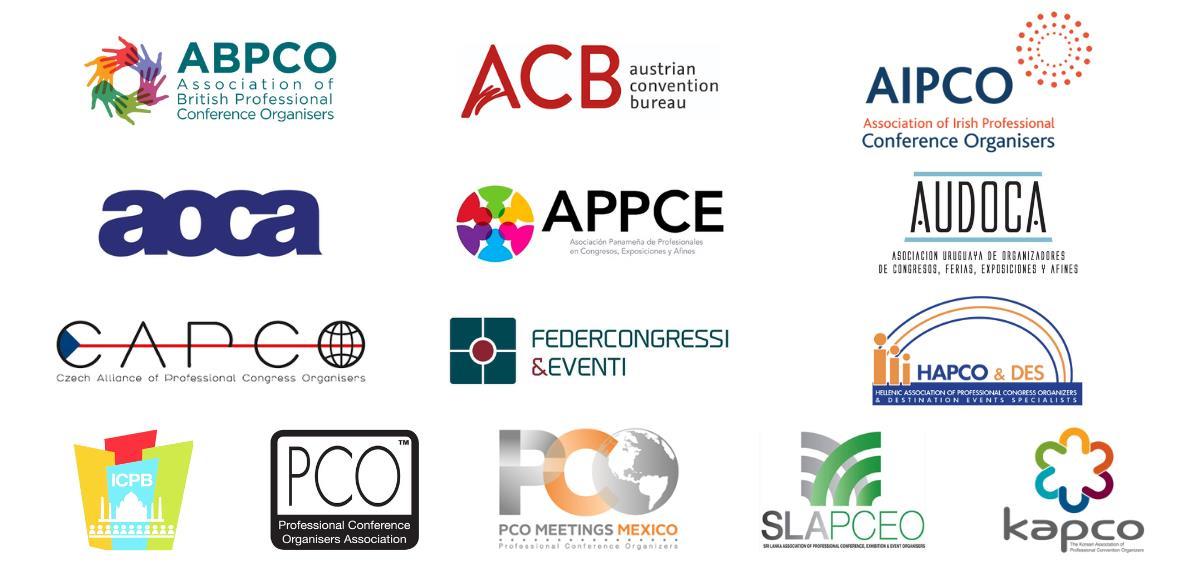

Support Research team Background Measures Findings Discussions Recommendations Next Steps References

Supported By
Manchester Metropolitan University and the 14 members of the IAPCO
National PCO Association Task Force


Experts in psychology, research, sports psychology and team dynamics, adult mental health and meetings and events industry professionals



Dr Fiona Wright
Consultant Clinical Psychologist
NHS


Professor Marc Jones
BSc, PhD, C.Psychol Department of Psychology, MMU



IAPCO Ambassador and Senior Consultant
Japan Convention Services

Sarah Cecil
Chartered Sport Psychologist
English Institute of Sport



IAPCO Ambassador and Consulting and Community Solutions Director at MCI Group
The survey focuses on wellbeing, feelings towards work, connection to others, perceived belonging to the industry, and individual drivers for the Sustainable Development Goals (SDGs).
Continued COVID-19
International Association Meetings reported that only 50% of associations had surveyed their members on the impact of the pandemic.

Internal management was the most pressing business issue (a rise from 19 to 20%).
Within internal management 64% selected human resources as the issue.

A short self-reported measure of current mental wellbeing



Measures high-performance sports to measure team dynamics

Collated information from 135 participants responding to the online survey carried out by IAPCO

WELLBEING DEMAND VS RESOURCES POST-EVENT REINTEGRATION TEAM COHESION
INNER DEVELOPMENT GOALS
Measured using the WHO-5
Wellbeing index
Higher scores equate to higher levels of wellbeing (WHO-5 indicates that scores below 13 relate to poor overall wellbeing)

An average score of 4.0 (standard deviation = 6.2), ranging from -16 to 16
Scores indicate sufficient resources to cope with the demands of a large work event
Highest scores observed in participants from Australasia and Europe
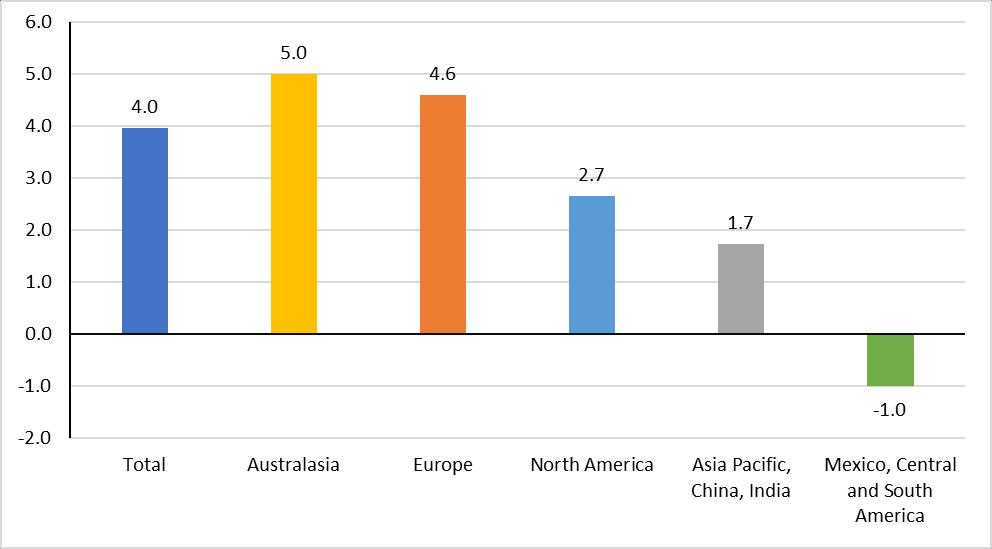
How individuals perceived they felt after working at a large event

In general, most people felt like they could stay focused in the here and now on return from an event.

Individuals were asked a series of questions in relation to how they connected to both their local working team and the wider industry
As expected, both task and social cohesion scores were higher in local teams, than in the wider industry, however, group identity scores did not widely differ between local teams and the wider industry
Scores for Task Cohesion, Social cohesion and Group identity did not widely differ between locations of work

Task and Social Cohesion scores for Local team and the wider industry, separated by location of work


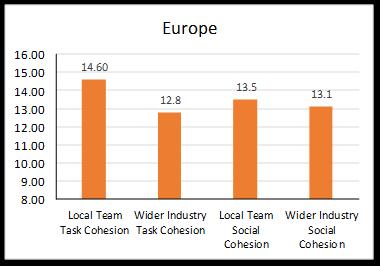

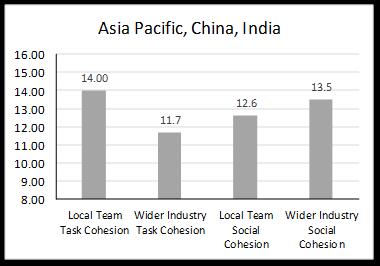
Questions designed to reflect five themes of Being, Thinking, Relating, Collaboration and Acting
No previous evaluation of the IDGs using questionnaires - collected data is exploratory rather than indicative
The skills and abilities in the five themes may be above average
Total scores in the five areas explored were much higher than the mean. This may suggest that in the global meetings population, the inner drivers to enact the SDGs exist and have the potential to be developed further.
The results are relatively consistent across the regions

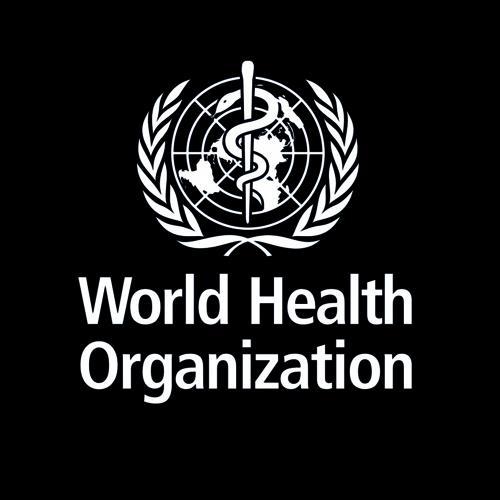
“Positive
Mental Health is a state of mental well-being that enables people to cope with the stresses of life, realize their abilities, learn well and work well, and contribute to their community.”
Wellbeing scores demonstrated positive mental health across the regions. 68% of the respondents were from Europe, thus comparisons can be made with available recent data from the European Union.
In recent reports, the WHO-5 mean scores have been:
53 (Summer 2020)
45 (Spring 2021)
46 (Spring 2022), Whilst previously in 2016 the score across the EU was 64.1, which contrasts with the mean scores in this survey of 69.6 in Europe. The data suggest that in this industry wellbeing scores are currently similar to pre-pandemic levels in the EU. This is a positive finding for the industry. Especially, as when wellbeing scores increased this led to a positive increase in coping, connection and feelings towards work.
By feeling connected to a local and wider team we can suppose that an individual is also able to feel they can contribute to their broader community.
Alongside this, the scores which relate to the IDGs suggest that individuals feel they have sufficient skills and abilities to make personal changes towards the SDGs. Thus, there may be a sense of contributing to a global community on global matters.
There is the possibility for further growth as both an individual and organisations with the IDGs. This exploratory data suggests that the events industry is well-primed to engage in this. The finding that there is no significant difference in the measures regardless of how many days people are working in the office suggests that the industry and individuals are finding their right balance.

Mental Health
•Regularly screening using WHO-5 and clear signposting to local mental health support. Providing training to staff on Mental Health First Aid. Creating a working group to explore how the four elements of positive mental health can be promoted locally or globally.
Demands & Resources

•Utilising therapeutic approaches such as Acceptance & Commitment Therapy to change cognitive appraisals. So that the perceived demands of the task or the perceived resources of the individuals are altered or highlighted. Another approach to consider is the utilisation of Superstrength models which are common in elite sport.

Social & Task Cohesion
•Utilising an individual and team dynamics psychometric such as https://spotlightprofile.com to increase understanding of self and others in order to flex and adapt to maximise team cohesion.

Group Identify
•Exploring work on Social Networking Analysis (Pollack & Matours, 2019), to identify key members of the network and their contribution to group performance.

Reintegration
•Connecting with experts in Emotional Decompression to facilitate the processing of emotions which surround major events.

SDGs and Inner Development Goals
•Connecting with https://www.innerdevelopmentgoals.org/ to explore education and workshop in this space. Signposting individuals to https://29k.org/ to support their Mental Health & Inner Development.
Phase II will be launched Beginning of April
https://mmu.eu.qualtrics.com/jfe /form/SV_2608B0mTcECF3M2

Bond, F. W., Hayes, S. C., Baer, R. A., Carpenter, K. M., Guenole, N., Orcutt, H. K., Waltz, T., & Zettle, R. D. (2011). Preliminary psychometric properties of the Acceptance and Action Questionnaire – II: A revised measure of psychological inflexibility and experiential avoidance. Behavior Therapy, 42, 676–688.
Brown, K.W. & Ryan, R.M. (2003). The benefits of being present: Mindfulness and its role in psychological well-being. Journal of Personality and Social Psychology, 84, 822-848.
Carenzo, L., Braithwaite, E.C., Carfagna, F., Franc, F., Ingrassia, P.l., Turner, M.J., Slater, M.J., & Jones, M.V. (2020). Cognitive appraisals and team performance under stress: A simulation study. Medical Education. 54(3), 254-263.
Carron, A.v., Widmeyer, W.N., & Brawley, L.R. (1985). The development of an instrument to assess cohesion in sports teams: The Group Environment Questionnaire. Journal of Sport Psychology, 7, 244-266.
Doosje, B., Ellemers, N., & Spears, R. (1995). Perceived intragroup variability as a function of group status and identification. Journal of Experimental Social Psychology, 31, 410–436.
Mendes, W. B., Gray, H. M., Mendoza-Denton, R., Major, B., & Epel, E. S. (2007). Why egalitarianism might be good for your health: physiological thriving during stressful intergroup encounters. Psychological Science, 18(11), 991-998.
Pollack, & Matous. (2019). Testing the impact of targeted team building on project team communication using social network analysis. International Journal of Project Management, 37(3), 473-484.
Topp, C.W., Oxtergaard, S.d., Sondergaard, S., & Bech, P. (2015). teh WHO-5 Well-Being Index: A Systematic Review of the Literature. Psychotherapy and Psychosomatics, 84, 167-176.
Van Dick R, Lemoine JE, Steffens NK, et al. Identity leadership going global: validation of the Identity Leadership Inventory across 20 countries. J Occup Org Psychol. 2018;91:697-728.
1. Clearly demonstrating the value of being part of ‘something bigger’ than just a job.
• The scores on the WHO-5 indicate that individuals are accessing all 4 elements of the WHO Positive Mental Health statement and not simply the working productively aspect. Working in this industry enables individuals to feel like they are reaching their potential, coping with normal life stressors and contributing to their community as well as working productively.
4. Considerations for HR / owners on what people are looking for when working with an organisation and how to recruit.
• The group matters in this industry. Connections within in a team matter in order to help people deal with the demands of the role. Overtime people improve at dealing with the demands. You want to help people have the resources to meet the demands. Teamwork and social connection matters for having the resources and positive mental health.
3. Linking to UNSDGs and contributing to a person’s own IDGs
• It is an industry with a clear purpose, values bringing people together and people from the IDG scores appeared energised to do good.
5. Why universities / colleges should communicate the events industry as attractive options for graduates.
• This industry is about team work and social connection. It is enjoyable. A great job for people who have played and flourished in team sports.
IAPCO Wellbeing Connection Survey January 2023 FINAL.docx
EDM Briefing document_Global research project.docx